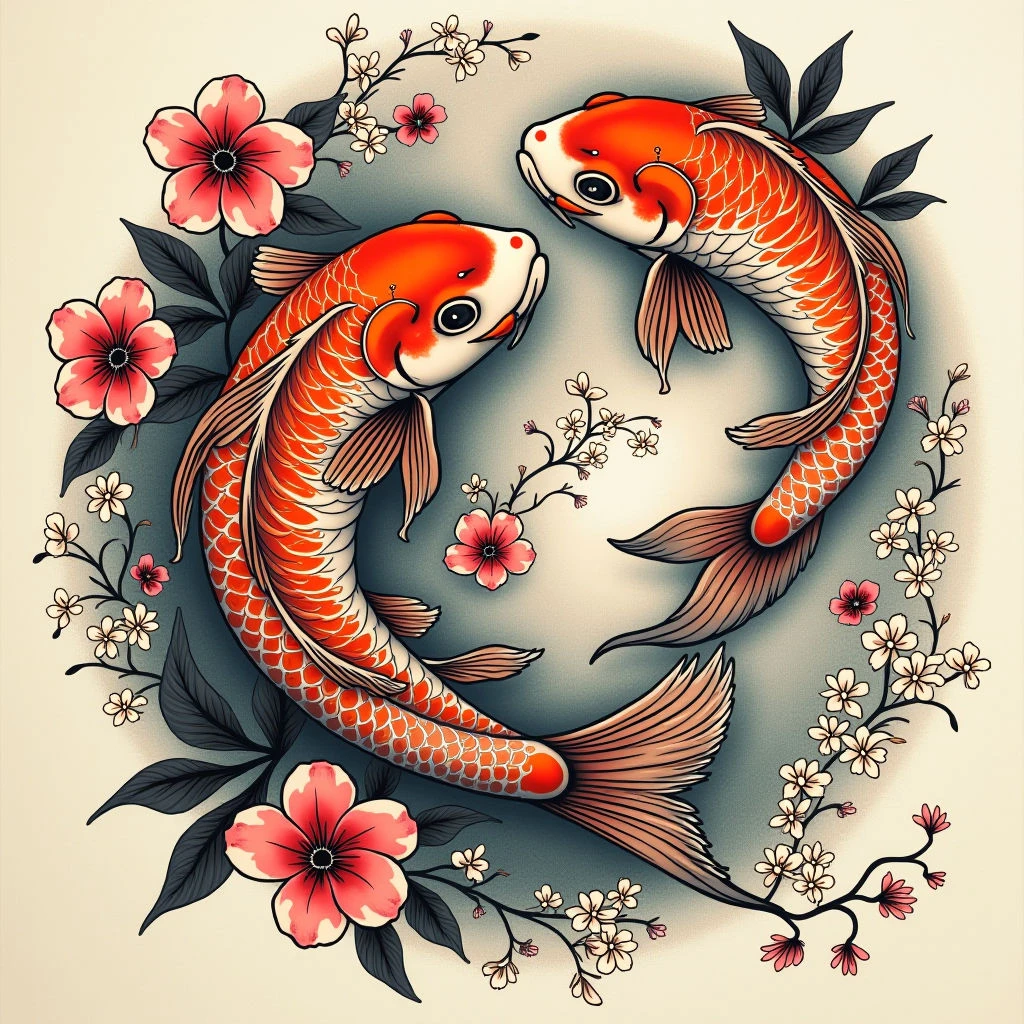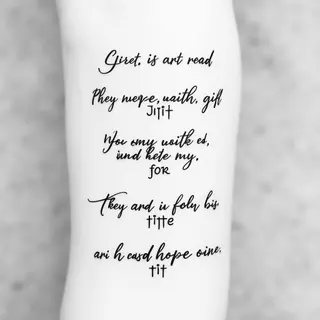Exploring the Symbolism of Japanese Irezumi
Traditional Japanese tattooing, or *Irezumi*, isn't just about aesthetics; it’s a deeply symbolic art form with centuries of history. These intricate designs often tell stories and represent personal beliefs – they carry real meaning.
Iconic Motifs and Their Meanings
Let's look at some popular motifs and what they represent. It’s fascinating to see how much history and cultural significance is packed into each design.
The Koi Fish (Carp)
You've likely seen the koi fish—it’s arguably *the* most recognizable Japanese tattoo symbol. The koi embodies perseverance, courage, and determination. Legend has it that a koi swims upstream against powerful currents to become a dragon at the Yellow River’s source – a potent image of ambition and overcoming challenges.
Dragons
Revered in Japanese mythology, dragons symbolize wisdom, strength, and good fortune. Often linked to water deities, they represent protection and immense power.
Cherry Blossoms (Sakura)
The delicate beauty of cherry blossoms—or *sakura*—is deeply ingrained in Japanese culture. They represent the fleeting nature of life and remind us to cherish each moment.
Geishas
Geisha tattoos often depict skilled entertainers, embodying elegance, artistry, and sophistication. They’re a symbol of grace and refinement.
Mandala (Hannya)
A mandala is a spiritual symbol representing the universe, while Hannya depict female demons consumed by jealousy. These are powerful symbols of feminine rage and inner turmoil.
Beyond these well-known designs, Japanese tattooing holds countless other motifs—phoenixes symbolizing rebirth, tigers representing bravery and protection. Really understanding the meaning behind these tattoos allows for a much deeper appreciation of this ancient art form.


